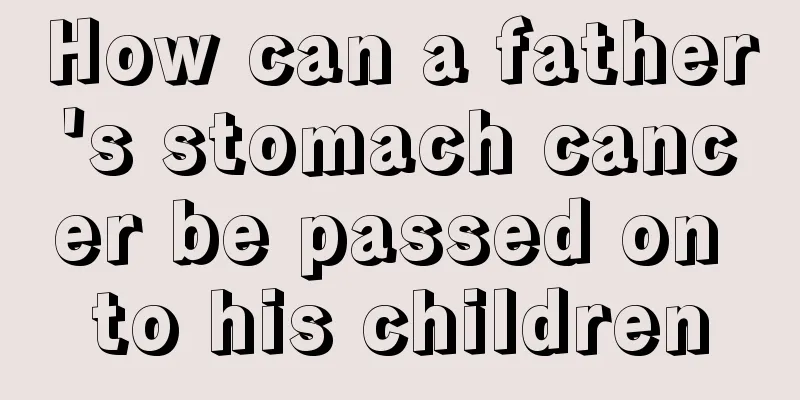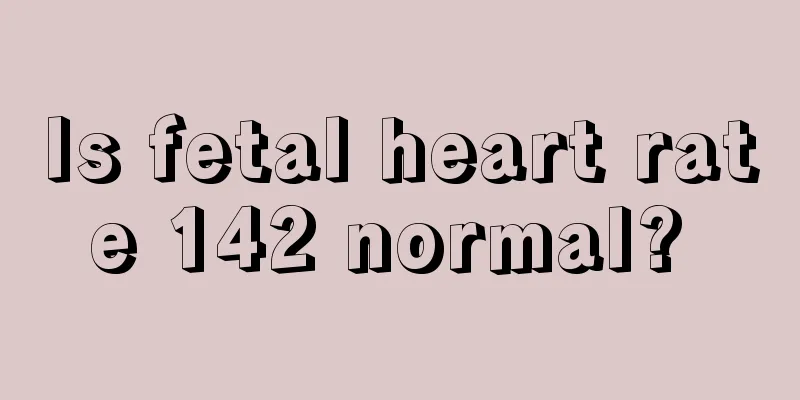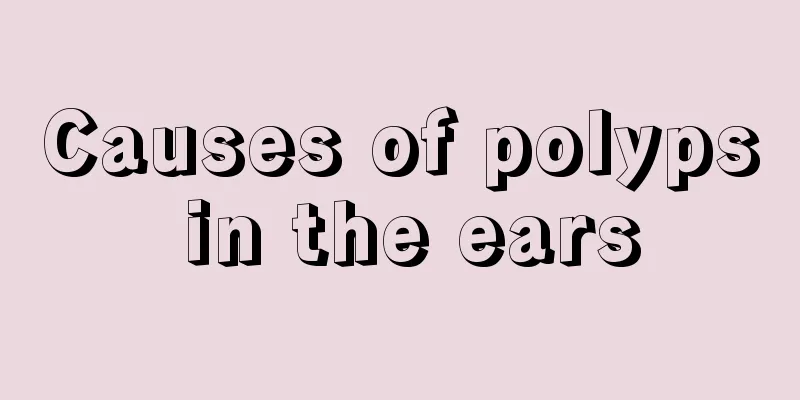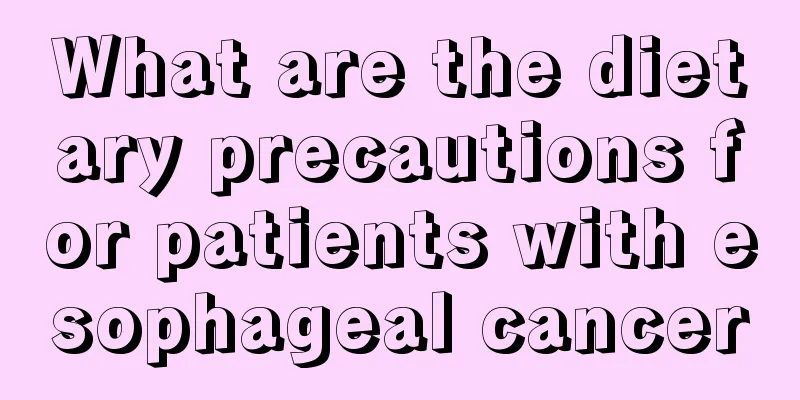Sinus tachycardia and chest tightness are effectively treated with medication
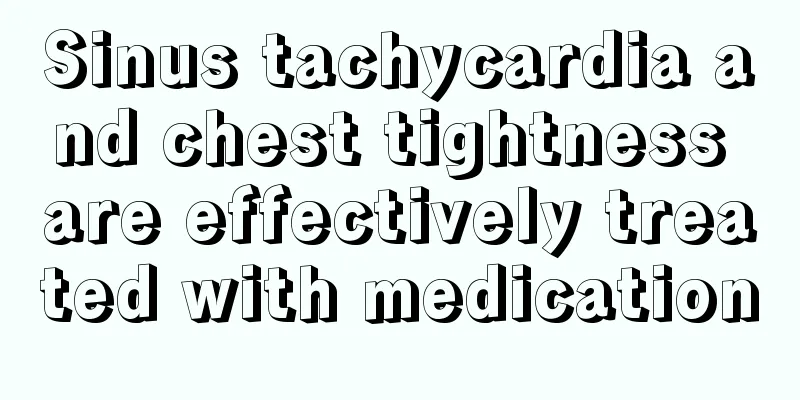
|
Sinus tachycardia means that the heart rate is too fast for a period of time. The patient will experience some adverse phenomena such as palpitations, shortness of breath, chest tightness, irritability, etc., and in severe cases, there will be chest pain symptoms. In the face of this symptom, active treatment must be carried out. Currently, drug treatment is the first choice, and dietary treatment can also be used. 1. Symptoms and signs of sinus tachycardia The clinical symptoms of sinus tachycardia are related to the degree to which the increased heart rate affects hemodynamic disorders and is also related to the underlying heart state. When the heart rate increases slightly, cardiac output increases, cardiac efficiency increases, and the patient may not have any symptoms. When the heart rate is too fast, the patient may experience symptoms such as palpitations, shortness of breath, chest tightness, irritability, and even chest pain. Symptoms also vary greatly from person to person. Normally, the heart rate increases from a resting state of about 70 beats/min to about 2.5 times (180 beats/min), and the heart's working efficiency is at its highest. When it exceeds 180 beats/min, the heart's working efficiency is significantly reduced and cannot meet the body's needs. This is because when the heart rate is >180 beats/min, myocardial oxygen consumption increases significantly, coronary blood flow decreases (more obvious in patients with coronary heart disease), the end-diastole shortens, ventricular filling decreases, and cardiac output decreases. Physical signs: Heart rate increases to 100-150 beats/min, and in a few people it can reach 160-180 beats/min. Physiological ones are mostly transient; if caused by organic heart disease, the tachycardia will last longer. The apex beat is strong, the heart sounds are enhanced, and the carotid artery pulsation is obvious. 2. Medication treatment of sinus tachycardia 1. Treatment of sinus tachycardia The primary disease should be treated primarily, supplemented with symptomatic treatment when necessary. For sinus tachycardia caused by congestive heart failure, digitalis preparations, diuretics and vasodilators can be used. Correction of sinus tachycardia is often used as one of the indicators for controlling left heart failure. 2. Treatment of sinus tachycardia not caused by heart failure For example, in cases of sinus tachycardia caused by hyperthyroidism, the use of digitalis cannot slow the heart rate. Note: Digitalis overdose can also cause sinus tachycardia. For patients with sinus tachycardia caused mainly by sympathetic nerve excitement and increased catecholamines, beta-blockers, sedatives, etc. can be used. 3. Treatment of patients with acute myocardial infarction In the absence of clear heart failure, when the sinus rate is continuously >110 beats/min, in order to slow down the heart rate, a small dose of beta-blockers (such as oral atenolol 6.25-12.5 mg) or calcium channel blockers (such as oral diltiazem 15-30 mg) can be temporarily tried, and can be taken once every 8-12 hours if needed. Sinus tachycardia secondary to left heart failure should be treated primarily for heart failure. |
<<: What are the characteristics of water-based nail polish
>>: What causes white spots on nails
Recommend
Can normal urine routine rule out non-gonococcal urethritis?
A normal urine routine test can rule out the occu...
How to quickly treat glioma
Gliomas are more common in men, especially gliobl...
What is the reason for diarrhea the next day after drinking?
Nowadays, drinking is required in many occasions,...
Choice of treatment for lung cancer
It is very important to choose the treatment meth...
Can I get the disease if I eat with someone who has lymphoma?
Friends and relatives of lymphoma patients are wo...
Is it harmful to apply wind oil essence on cigarettes?
As people's health awareness continues to inc...
Wearing sandals in summer can cause skin cancer. What are the health risks of wearing shoes barefoot?
Ladies who like to wear sandals in summer should ...
Why does my tongue feel numb and astringent?
The tongue is an important organ of ours and play...
How long does it take to get pregnant after breast cancer
How long does it take to get pregnant after breas...
How to wash a woolen coat
Woolen coats are made of woolen cloth, which is m...
What are the symptoms of early lung cancer? There are five symptoms of early lung cancer
Lung cancer is a common malignant tumor in my cou...
My ears hurt after running
Ear pain after running If your ears hurt after ru...
Symptoms of sternum inflammation
There are bones in every part of the body. There ...
Which is better, pressed powder or loose powder
There are many kinds of cosmetics on the market n...
What are mushrooms
In daily life, you also need to pay special atten...
